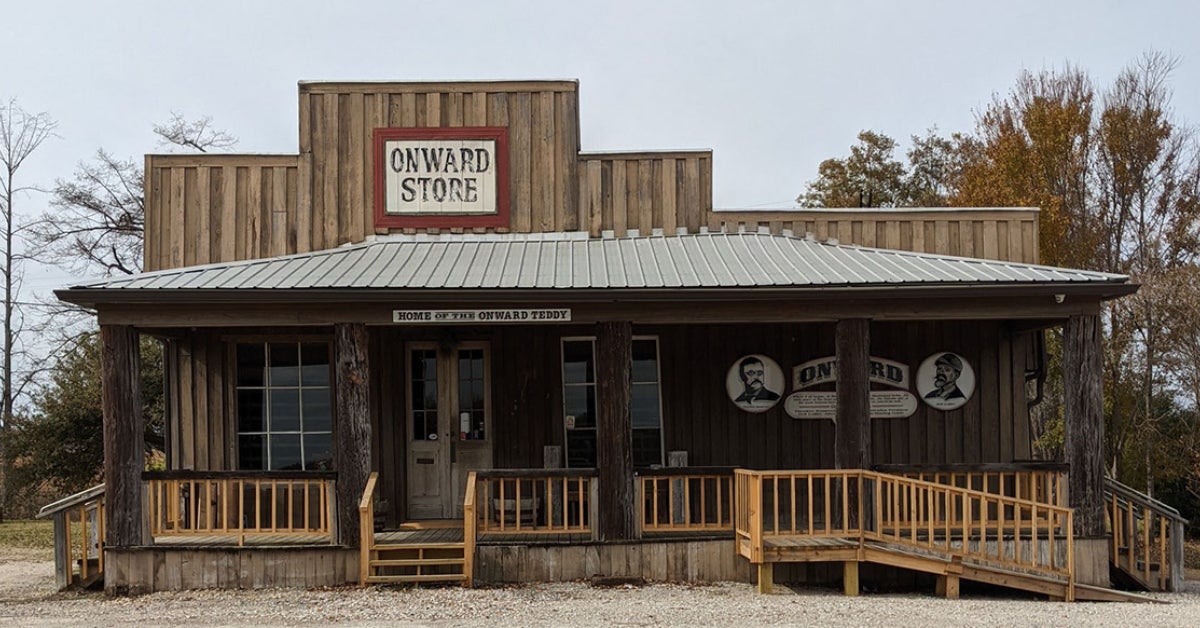Historic Shirley House is alive with restoration
Published 11:44 am Thursday, April 28, 2011
Like all Vicksburg natives, Donald Roesch grew up with the Vicksburg National Military Park as his virtual backyard, and as an adult, he runs there, often passing the large, stately white Shirley House near the Illinois Memorial.
Now Roesch has entered into the history of the 170-year-old house, the sole surviving Civil War-era structure in the park. As project manager for the interior restoration of the Shirley House, Roesch’s fingerprints are on floorboards and plaster, staircases and 12-pane windows.
“It was really neat to be a part of it,” said Roesch, an employee of Fordice Construction Company, contractors for the restoration. “I have always seen it and I had looked in the windows. It was like solving a mystery to go inside and actually see what it was like.”
The restoration was celebrated Wednesday with a rededication reception that allowed the public into the house for the first time in 70 years and featured U.S. Sen. Roger Wicker, R-Miss..
“As we rededicate the park’s historic house today, we honor the sacrifice of those who fought so bitterly 150 years ago, and we also remember the resiliency that was born of that sacrifice,” Wicker told about 50 assembled guests and friends of the park. “Our union has indeed proved to be enduring. Today marks another occasion to celebrate that we are one nation, and that we are truly indivisible.”
“Situated along the old Jackson Road, the house witnessed some of the bloodiest fighting of the Vicksburg campaign,” said park superintendent Michael Madell, but had deteriorated to “a hollow shell.”
The Shirley House was built in the late 1830s by Nicholas Gray, a native of Wexford County, Ireland, and named Wexford Lodge in honor of his homeland. In 1851 it became the home of Judge James Shirley and his family.
Originally, the main floor had comprised a living room, master bedroom, two other bedrooms and a plantation office, said park historian Terry Winschel. The children slept upstairs, the dining room was downstairs in the basement and the kitchen was in an outbuilding behind the house.
The main floor of the restored house now features four primary rooms, a wide hallway, two smaller rooms and a back veranda. Some of its original flooring has been salvaged, walls have been replastered and fireplaces rebricked. A handicapped accessible entrance and parking have been created at the rear.
“Not only is it a tangible reminder of the events of 1863,” Winschel said of the restoration, “but the public will be able to walk back in time and get an idea of what it must have been like for the civilian population during the course of the Siege and the events of the Siege.”
For the foreseeable future, the house will be open to the public only for special events, Madell said. Eventually, it’s hoped that interpretive displays in the four main rooms will reflect its history.
Wednesday’s rededication also featured 31 battle-line markers that have been recast and will be placed in their original positions, replacing markers taken up during World War II scrap metal drives. Funds were provided by a park service grant, a gift from the Friends and a grant from the Mississippi Department of Archives and History.
Future plans call for restoring some of the original battlefield sight lines.
Houston resident John Nau, a member of the Friends board of directors, the Civil War Trust and the National Park Foundation, who was scheduled to speak but was grounded by storms, has contributed $300,000 to fund tree and vegetation removal on 90 acres of VNMP battlefield, in addition to 10 acres he previously paid to clear along the park’s south loop near the Texas Monument.
“I’ve just come to realize that the American Civil War created the country that we are today,” Nau said by telephone. “I see the battlefields like Vicksburg and Gettysburg as symbols of who we are as a people.”
Nau said removing trees and vegetation will help visitors and children studying the war understand how close Confederate and Union lines were to each other and restore an authentic look to heavily visited areas of the park.





